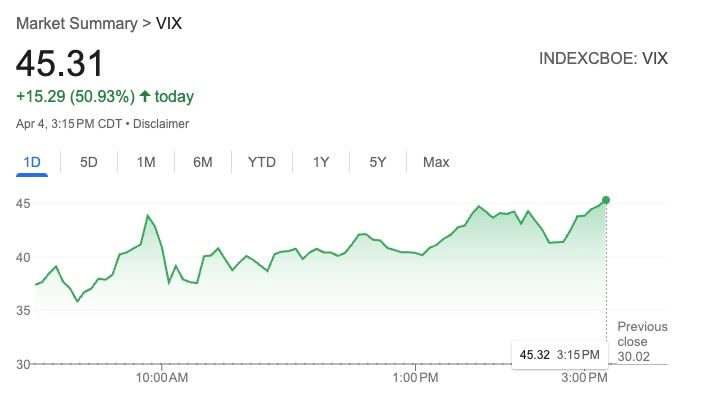FedEx (FDX) Q2 2024 Earnings Call Summary of Key Remarks and Analyst Q&A
FedEx Corporation, a global courier delivery services company, held its fiscal year 2024 second-quarter earnings call on December 19, 2023. The call was eagerly anticipated by investors and analysts alike, as it provided insights into the company’s financial health and strategic direction. This report delves into the key points from the earnings call transcript, highlighting the financial performance, strategic initiatives, and the questions raised by analysts, along with the responses provided by FedEx’s management team.
Financial Performance
FedEx reported an increase in diluted earnings per share (EPS) to $3.55 and an adjusted EPS to $3.99 for the second quarter of fiscal year 2024. Despite a challenging economic environment, the company managed to maintain a strong performance, which can be considered a testament to its operational efficiency and cost management strategies. Revenue for the quarter was reported at $22.2 billion, a slight decrease from the previous fiscal year’s second-quarter revenue of $22.8 billion. However, operating income saw an increase from last year’s $1.21 billion to $1.42 billion, indicating an improvement in profit margins (Yahoo Finance).
The company’s full-year outlook was also addressed, with FedEx expecting a low-single-digit percentage decline in revenue year over year. Nevertheless, the earnings per diluted share forecast was set at $15.35, suggesting confidence in the company’s ability to manage costs and maintain profitability (Investors FedEx).
Operational Performance and Profitability Pressures
One of the primary challenges faced by FedEx in Q2 2024 was the pressure on profitability, particularly within the FedEx Express segment. Despite the company’s ongoing efforts through its DRIVE initiative, FedEx Express experienced a squeeze on its profit margins. This was attributed to an ongoing volume decline, which suggests a reduction in demand for the company’s express shipping services (MarketBeat). Additionally, yield was pressured due to lower fuel and demand surcharges, which are often a significant contributor to revenue in the logistics and transportation sector.
The shift towards e-commerce, while providing an opportunity, also presents a challenge in terms of adapting to changing consumer behaviors and expectations. The e-commerce market demands efficient and cost-effective shipping options, which may not align with the premium services offered by FedEx Express. This mismatch could be a factor in the volume decline observed.
Strategic Initiatives
During the call, FedEx’s management highlighted several strategic initiatives aimed at bolstering the company’s growth and operational efficiency. Notably, FedEx Freight reported a revenue per shipment increase of 1%, with strong base rates despite lower fuel surcharges and weights. This suggests that the company is successfully navigating the complexities of variable costs like fuel, which can significantly impact the logistics and transportation industry.
The management’s prepared remarks also touched upon the company’s ongoing efforts to enhance its service offerings and improve customer satisfaction. These efforts are likely to contribute to FedEx’s competitive advantage and its ability to retain and grow its customer base.
Key Questions and Responses
Several key questions were raised by analysts during the Q2 earnings call, reflecting the concerns and interests of the investment community. One major area of inquiry revolved around the company’s revenue guidance and the factors contributing to the projected decline. Management responded by citing macroeconomic headwinds and a reduction in volume growth as primary reasons. However, they also emphasized their commitment to cost management and efficiency improvements to mitigate these challenges.
Another significant question addressed the impact of international trade tensions and regulatory changes on FedEx’s operations. The management acknowledged these external factors but reassured participants that FedEx’s ETR (effective tax rate) and earnings per share forecasts are based on current laws and regulations, indicating a level of preparedness for potential shifts in the global trade landscape (Newsroom FedEx).
Conclusion
In conclusion, FedEx’s Q2 2024 earnings call presented a mixed but generally positive picture of the company’s financial status and future prospects. While revenue saw a slight decline, increases in EPS and operating income underscore the company’s ability to navigate economic challenges effectively. The management team’s strategic focus on operational efficiency and cost management, along with their proactive approach to handling external factors such as trade tensions, positions FedEx to potentially overcome the headwinds it faces.
It is our opinion that FedEx’s robust performance in a challenging economic climate is indicative of a resilient business model and effective management. While the forecasted revenue decline warrants attention, the company’s profitability metrics suggest a strong underlying operational competence. Investors and stakeholders should take note of FedEx’s strategic initiatives and their potential to drive long-term growth and stability.
To become a better investor with our AI Assistant @ kavout.com/investgpt


